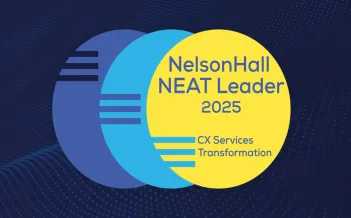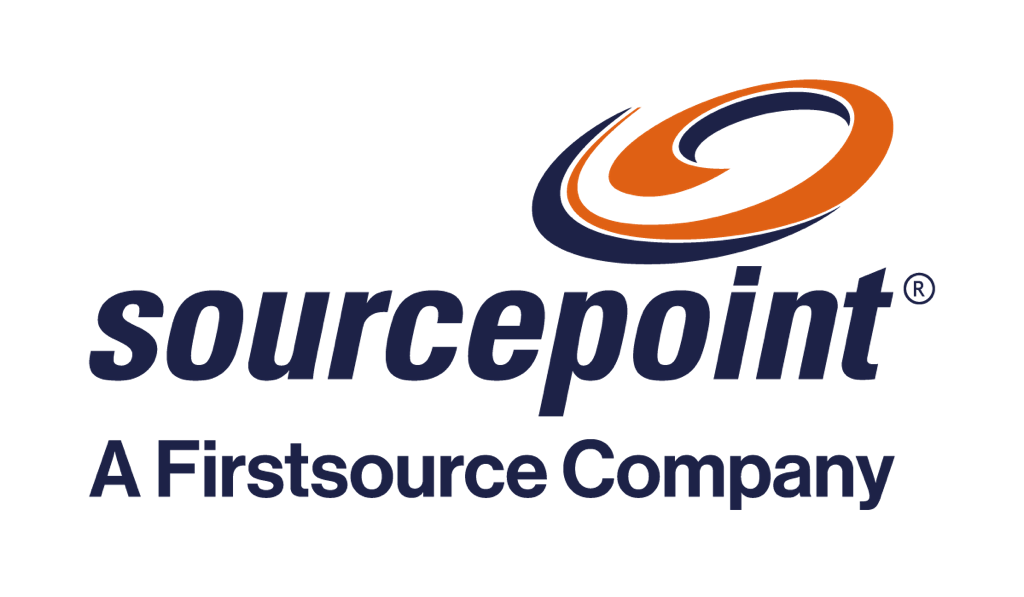Most customer experience (CX) innovation will require business transformation. To help leaders drive transformation success, Firstsource commissioned research with 120 senior executives who’ve led change initiatives.
The research identified key issues leaders find difficult to address when leading change. We called these the five elephants of business transformation:
- The business case is always wrong
- You can’t change what you don’t understand
- You’ll wish you listened more to the sceptics
- Are your partners partners?
- There will be low points (and that’s okay)
Here a former FTSE-100 CEO reflects on these challenges and shares experiences and insights for managing each one.
The business case is always wrong
I’ve served as a Chief Executive and Chairman and numerous companies. Yet, I can’t remember one business case that delivered what was on the nameplate – even if it had gone through all the processes right up to the board. There have been a few good ones, but most were far off and some a complete disaster.
So how do you spot the business case that is going to be successful? Look out for these four things:
- The credibility of people putting the case forward
Have they got a mix of analytical mindset and knowledge of the essential detail? - The scale of benefits
If the business case is 30-40% wrong, will the company end up with a huge advantage? - Consequences of failure
If the business case is 30-40% wrong, is there a possibility it could crash part of the business or the total enterprise? - Future gains
Can this transformation be a platform for future advancements? It might lose out on one point, but deliver on the second, third and fourth? If you did this nationally, could you roll it out internationally? Can 40% under-performance later become 10% under-performance, and after some time 5% over-performance.
You can’t change what you don’t understand
Firstly ask, how new is the top leadership that wants to bring in change? Do they come from the business or are they brought in from outside? If they come from outside, I’d welcome their ideas but remain vigilant about their knowledge of processes inside the business.
Secondly consider the people who will deliver the project, not just the people presenting it. Often, these are not the same. I remember working with a CEO who was an excellent salesman and manager. He proposed a major change program – to digitize and simplify a set of very complex processes across global locations. Yet the initiative eventually failed because organizational culture just didn’t respond quickly enough. The board had misgivings on this issue from the get-go, but the CEO’s persuasiveness carried the day.
Thirdly remember, culture is very complex. Sometimes, top management doesn’t take culture seriously enough. If the change is important – on expenditure, or scale, or impact on the business – management must fully understand how it will reverberate through current organisational culture. They need to set aside time to deep dive into every aspect of cultural change.
You’ll wish you listened more to the sceptics
Board cultures vary from being extremely open to very closed. In an open culture there’ll be a good discussion. In a closed culture, there’ll be no discussion. Unfortunately, there’s little you can do to change this. But as decisions are made you need to be aware of what kind of conversation and consideration they underwent at the very top.
On the implementation side, it’s all about project management. You’ve got to have a structure and governance procedure, and a clear project leader. Also ensure there’s a free thinker in the group. They’ll be a pain in the neck for the operators, but they’ll speak-up if something needs saying.
Are your partners partners?
The best relationships see top supplier and client leaders as peers, with both willing to have an open dialogue.
Structured meetings allow you to focus on detail, but sometimes big issues explode and take over these. It is most productive to resolve big issues outside of routine meetings, in a less formal setting where people are encouraged to speak frankly.
There will be low points (and that’s okay)
A transformation project is a marathon where social care is important to consider. Those pitching frequently over-promise, this sets the rest of the team up for under-delivery. Over-promising can impact the interaction with top management as the team struggles to deliver. I am not the first to say – it’s always better to under-promise and over-deliver.
The emotion is inherently linked to the project’s financial performance and this can vary across time. Getting year one right is great, but it’s much more important to get year three and four right, and ultimately the entire project spot on.
Leading transformation insights
While most of life’s lessons come from experience, you needn’t go through the challenges yourself.. This is where peer insights come in helpful. Our research into The 5 elephants of business transformation is based on personal experiences of 120 senior executives with significant experience of leading change. Download the research to start making your transformation more successful today.










